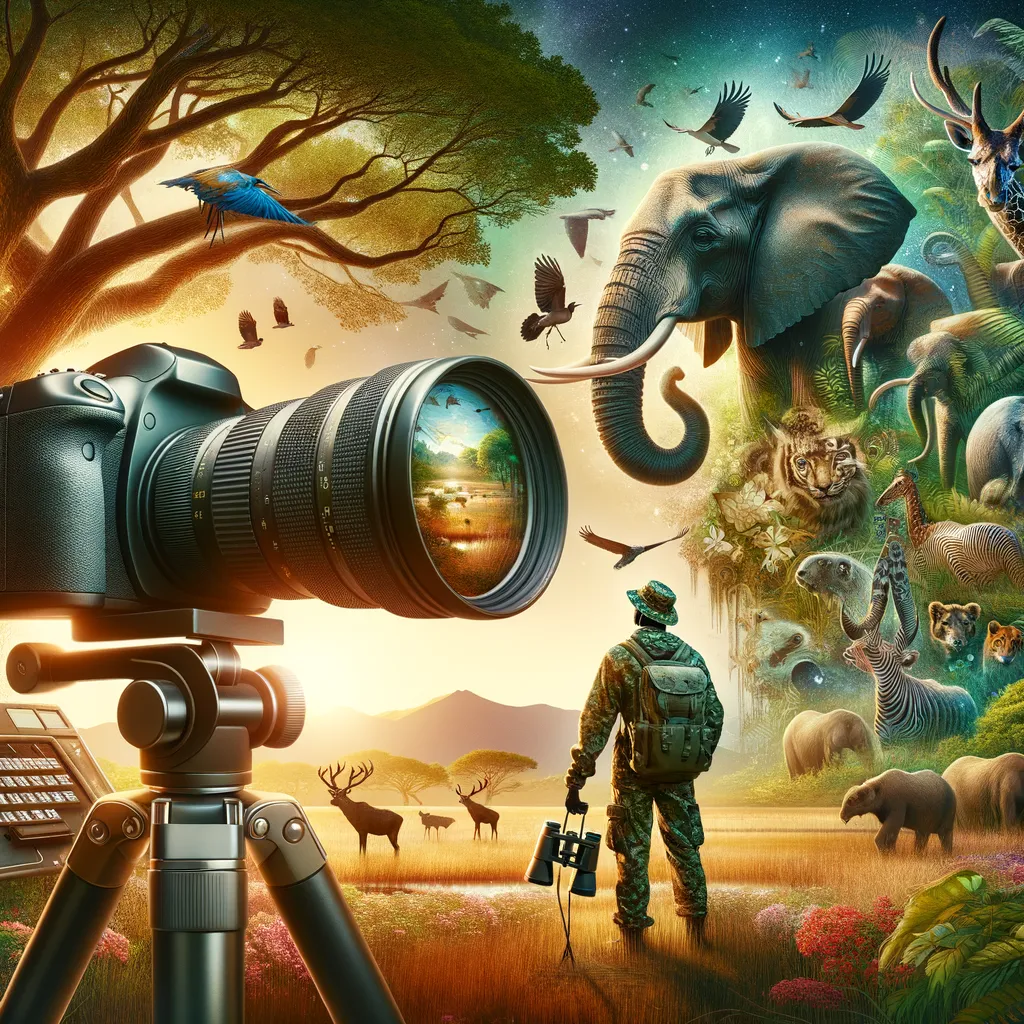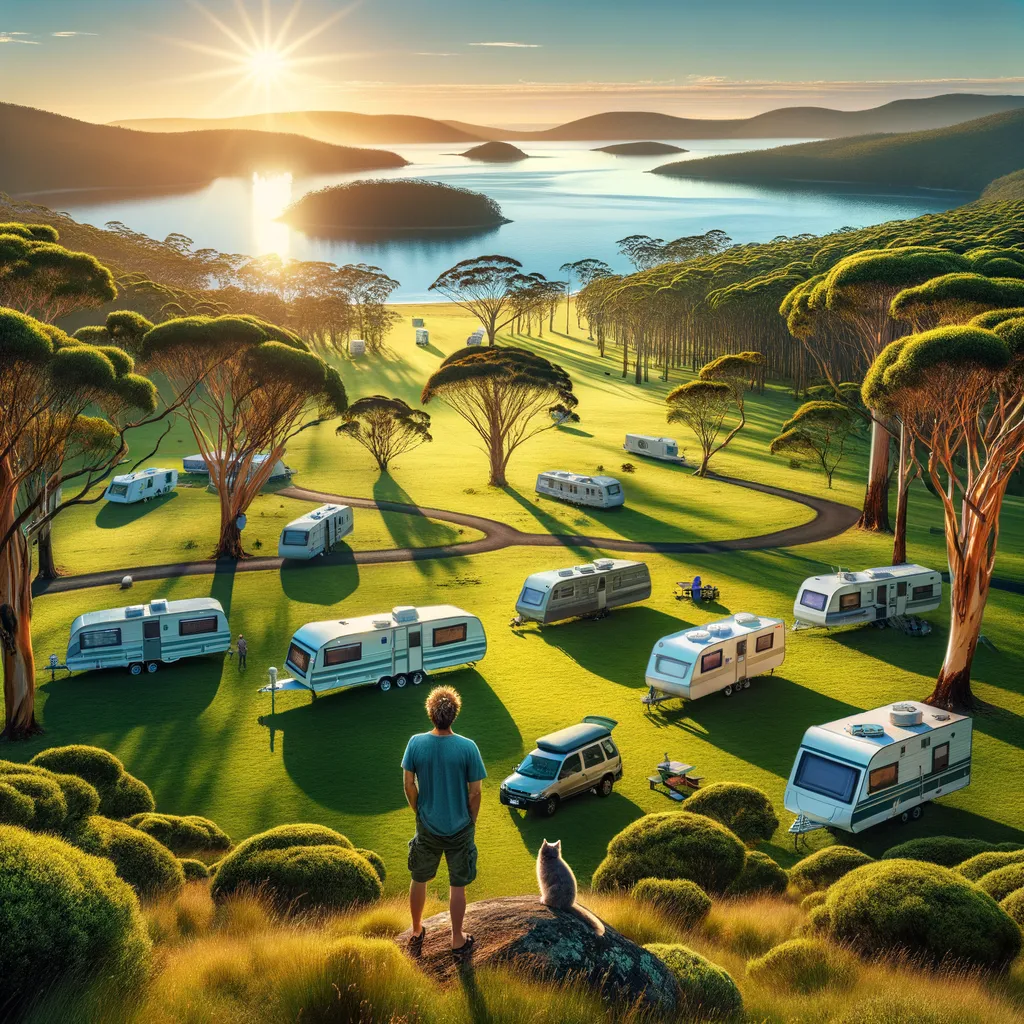Embark on a Wildlife Photography Adventure: A Guide for Parents
Welcome, adventurous parents! Are you looking to blend the joys of family time with the excitement of wildlife photography? You’ve landed in the perfect spot. This guide is your treasure map to understanding and mastering the art of wildlife photography, ensuring you and your little ones can create lasting memories and capture the beauty of nature together. So, dust off your cameras and get ready for an unforgettable journey into the wild!
Understanding the Basics of Wildlife Photography
Before venturing into the great outdoors, it’s crucial to grasp some wildlife photography fundamentals. This genre of photography is unpredictable and thrilling, capturing animals in their natural habitats. It requires patience, speed, and a knack for being in the right place at the right time. Here, we’ll dive into the essential tips and strategies to help you and your family get started on the right foot.
1. Master Your Equipment
Knowing your camera is the first step to success. Whether you’re using a DSLR, mirrorless, or even a smartphone camera, understanding its features is key. Spend time as a family learning about:
- Shutter speed: Vital for capturing clear, crisp shots of fast-moving wildlife.
- Aperture: Controls the depth of field, affecting the focus of your wildlife subject against its background.
- ISO settings: Helps you adapt to different lighting conditions without losing image quality.
Practice these settings at home or a nearby park to feel more prepared when you’re in the wild.
2. Embrace the Power of Patience
Wildlife photography is a test of patience. Animals won’t pose for the camera, so teaching your children the value of waiting quietly and respectfully observing nature is essential. Share the excitement of the wait by turning it into a game or a storytelling opportunity, making the experience fun and educational.
3. Safety First: Respect Wildlife and Their Habitat
Safety is paramount in wildlife photography—not just for you and your family but for the animals and environment as well. Educate your children on the importance of keeping a safe distance from wildlife to avoid disturbing them. Stay on marked paths, and never feed or attempt to touch wild animals. This respect for nature will ensure a safe and enjoyable experience for everyone involved.
Planning Your Wildlife Photography Adventure
Now that you’re familiar with the basics, planning your adventure is next. Whether exploring a national park, a nature reserve, or even your backyard, preparation is key to a successful wildlife photography outing. Here are some tips to consider:
1. Research Your Destination
Every location has its unique wildlife. Research the animals you might encounter, their habits, and the best times to see them. This knowledge not only increases your chances of witnessing these creatures but also helps in teaching your children about the wildlife they will photograph.
2. Light is Your Best Friend
The golden hours—shortly after sunrise and before sunset—provide the most flattering light for photography. Plan your outings around these times to capture the beauty of wildlife in the best light possible, creating magical photos that you and your children will cherish.
Gearing up for a wildlife photography adventure with your family is an exciting endeavor. By understanding the basics and properly planning your outing, you’re setting the stage for a memorable experience that will teach valuable lessons about nature, photography, and patience. In the next section of this guide, we’ll delve deeper into advanced techniques and tips for capturing the essence of the wild through your lens, ensuring your family’s wildlife photography journey is nothing short of spectacular.
Stay tuned as we continue to explore the wonderful world of wildlife photography, guaranteeing you have all the knowledge and tools at your fingertips to make your family’s adventure both enriching and enjoyable.

The Ultimate Guide for Parents: Best Strategies for Wildlife Photography
Step into the Wild: Essential Tips for Parents on Wildlife Photography
Are you ready to combine the thrill of exploration with the art of photography? Welcome, parents and budding photographers! Embarking on a wildlife photography journey with your children is more than just an adventure; it’s an incredible opportunity for learning and bonding. This guide is crafted to provide you with the best strategies, ensuring your venture into wildlife photography is both enjoyable and successful. Let’s turn every moment into a picture-perfect memory!
Five Essential Preparation Tips for Unforgettable Wildlife Photography Experiences
Preparing for a wildlife photography trip involves much more than just packing a camera. To truly embrace this adventure, here are five pivotal points every parent should consider:
1. Get to Know Your Gear
Understanding the ins and outs of your camera equipment is crucial. Spend quality family time experimenting with:
- Shutter Speed: Capture the essence of moving subjects without blur.
- Aperture: Manipulate focus to make your subject stand out.
- ISO: Adjust to various lighting without sacrificing photo quality.
Make these learning sessions fun and interactive to heighten your children’s interest and confidence in using photography gear.
2. Learn About Wildlife Behavior
Educate yourselves on the animals you plan to photograph. Knowing when they’re most active and their habits increases your likelihood of capturing them in their natural element. This not only prepares you for the trip but also enriches your children’s understanding of nature.
3. Emphasize Ethical Photography
Instill a sense of respect towards wildlife in your children. Teach them the importance of not disturbing animals for the sake of a photo. Emphasizing ethical photography practices ensures a harmless interaction with nature, safeguarding both your family and the wildlife.
4. Plan According to the Light
Lighting can make or break your photographs. Aim for the golden hours for that soft, natural light which beautifies your shots. Pre-planning your trip to coincide with these times can dramatically enhance the quality of your pictures.
5. Practice Makes Perfect
Before heading out, practice photography as a family. Whether it’s in your backyard or a local park, getting comfortable with your camera settings in a controlled environment can be incredibly beneficial. It’s also a great opportunity to learn from each other and improve your skills.
Embarking on a wildlife photography adventure entails much more than capturing images; it’s about creating memorable experiences with your family. By focusing on these five preparation tips, you’re not just getting ready for a photography session but also enriching your and your children’s understanding and respect for nature. Engaging with the natural world through the lens of a camera opens up endless possibilities for learning, discovery, and growth. As you plan your journey, remember that the true essence of wildlife photography lies in capturing the beauty of nature while ensuring its preservation and safety.
Within the realm of wildlife photography, every click of the camera is an opportunity to teach, learn, and bond. By applying these strategies, you’re set to introduce your children to a world where nature’s wonders are met with curiosity, respect, and awe. Prepare to explore, capture, and cherish the wild moments that await. Your adventure into wildlife photography is not just a chapter in your family’s book of adventures but a timeless legacy of memories captured through the art of photography.
Disclaimer
The articles available via our website provide general information only and we strongly urge readers to exercise caution and conduct their own thorough research and fact-checking. The information presented should not be taken as absolute truth, and, to the maximum extent permitted by law, we will not be held liable for any inaccuracies or errors in the content. It is essential for individuals to independently verify and validate the information before making any decisions or taking any actions based on the articles.


